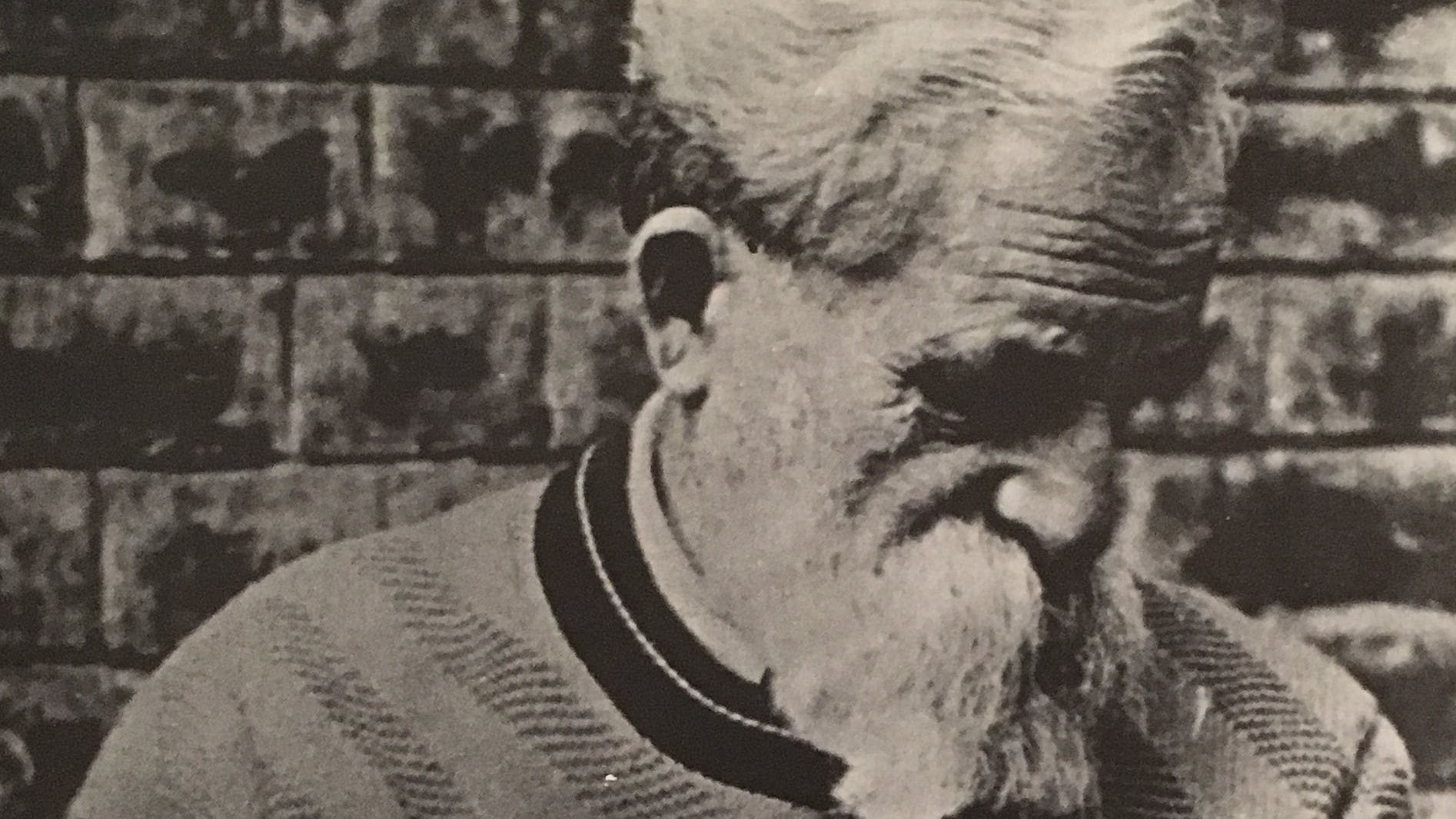
François POMPON
Pompon was the son of a carpenter and first studied at the Ecole des Beaux-Arts in Dijon. In 1875 he travelled to Paris, where he worked as a jobbing sculptor, whilst pursuing his studies at the Ecole des Arts Décoratifs under the sculptors Aimé Millet and Joseph-Michel Caillé (1836–81); there he also met the animalier sculptor Pierre-Louis Rouillard (1820–81). At the Salon of 1888 Pompon exhibited Cosette (plaster; Paris, Musée Victor Hugo), inspired by Hugo’s Les Misérables. However, until 1914 his livelihood was gained as a sculptor’s assistant. In this capacity he served many of the prominent sculptors of the day, including Rodin. It was his long-term employment with Charles-René Paul de Saint Marceaux that furnished him with the means to pursue his own career as a sculptor of animals. His studies of animals in the open air began in earnest in 1902, but it was only in 1923 with the exhibition of his Polar Bear (marble; Dijon, Musée des Beaux-Arts) at the Salon d’Automne, that Pompon was acclaimed for his refined simplification of nature. His ability to contain the essential character of creatures in smooth and abbreviated form parallels the more audacious abstraction of Brancusi. The collection of 300 works that Pompon left to the French State were eventually installed in the Musée des Beaux-Arts, Dijon, in 1948. The Musée d’Orsay in Paris has a large collection of Pompon’s plaster models.








